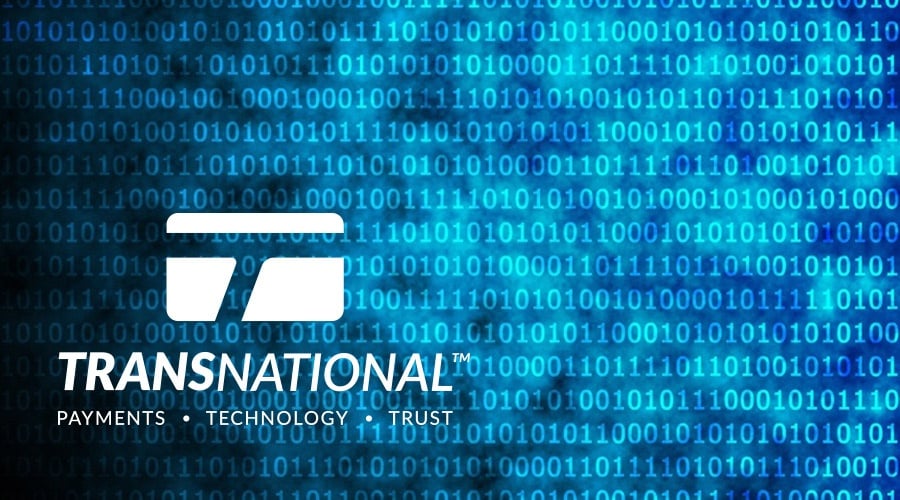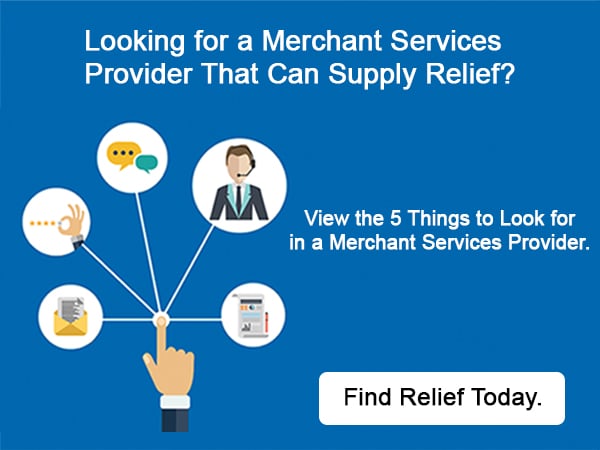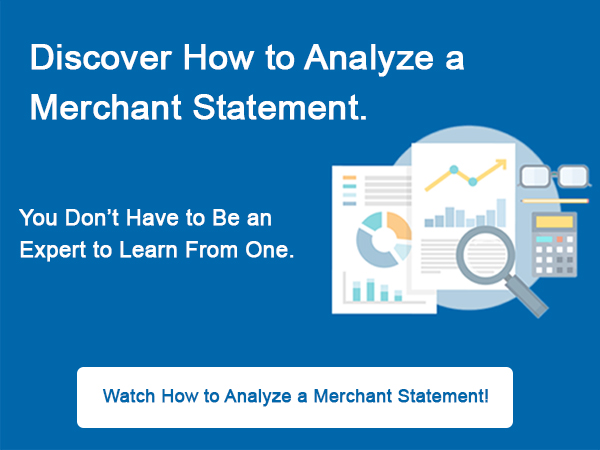
Payment security must be top-of-mind for every business that cares about its financial health and reputation. This is where tokenization and encryption reign supreme. Although they both help protect sensitive cardholder data, there are quite a few features that set them apart. Understanding them can help you decide how to best use both of these methods to achieve maximum protection for your business.
What Is Encryption?
Encryption is a security method that protects sensitive data by converting it into a format that cannot be deciphered without an encryption key and an algorithm. Whenever one party wants to securely transfer data to another, they would use these tools to turn plain text into ciphertext. The other party would then need to have access to their own encryption key and algorithm to translate the information back into a readable format.
Encryption really shines in its ability to scale large volumes of data, since all it essentially does is change its appearance. It's perfect for safely exchanging private information over the internet, for example when processing an online payment via a payment gateway. It's also designed to preserve the format of both structured data, like credit card information, and unstructured data (emails, reports, etc.).
In recent years, encryption has made great strides to include new order and format-preserving features that reduce the need to choose between application functionality and the level of protection. However, it is still best to use it in combination with other payment security tools, like tokenization.
What Is Tokenization?
Tokenization is a process that replaces a piece of information, such as cardholder's primary account number (PAN), with a token that contains a reference to the original data but not the data itself. This reference, also know as a token value, is what's used to perform day-to-day payment tasks. Meanwhile, the real data is safely kept in a secure customer vault.
An example of an everyday application for tokenization in payment processing is recurring billing. Although your payment gateway needs to have your customers’ payment information to make scheduled withdrawals, it doesn't need it in a plain format. In fact, storing cardholder data in plain sight can be dangerous and will prevent you from complying with PCI requirements. The token value works just as well, while also significantly reducing the risk of a data breach at your business.
Tokenization, by design, doesn’t rely on any algorithms or encryption keys. If hackers do somehow manage to get their hands on a token, they won’t be able to do anything since it's meaningless by itself. This unique nature of tokenization makes it one of the best practices to implement as part of your payment security efforts.
Which One Should You Use?
The answer is simple — both. Combined, the two can compensate for their weaknesses while capitalizing on each other’s strengths. To raise your payment security game even more, consider supplementing your current efforts with additional security best practices that can help prevent fraud and keep those trying to steal your cardholder data at bay.










 Facebook
Facebook Twitter
Twitter LinkedIn
LinkedIn Youtube
Youtube Glassdoor
Glassdoor